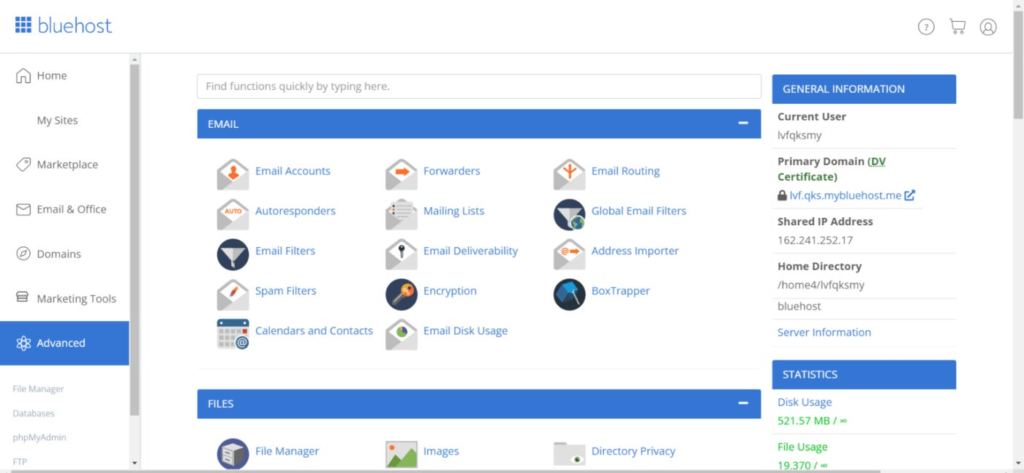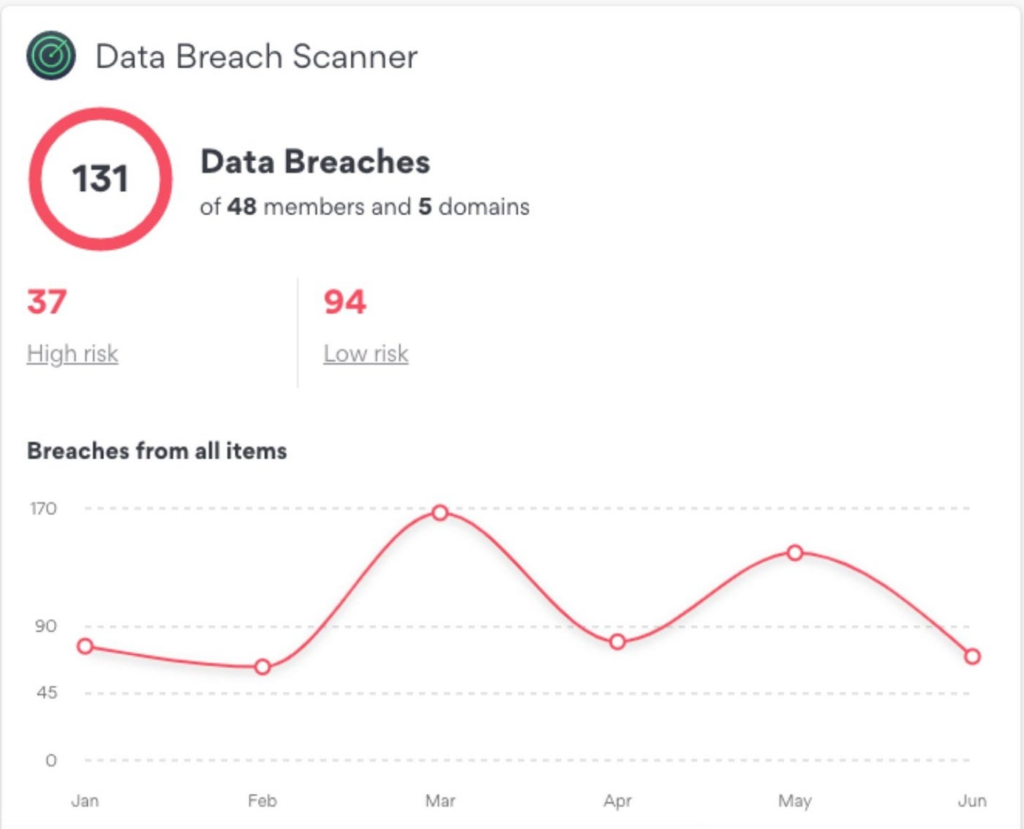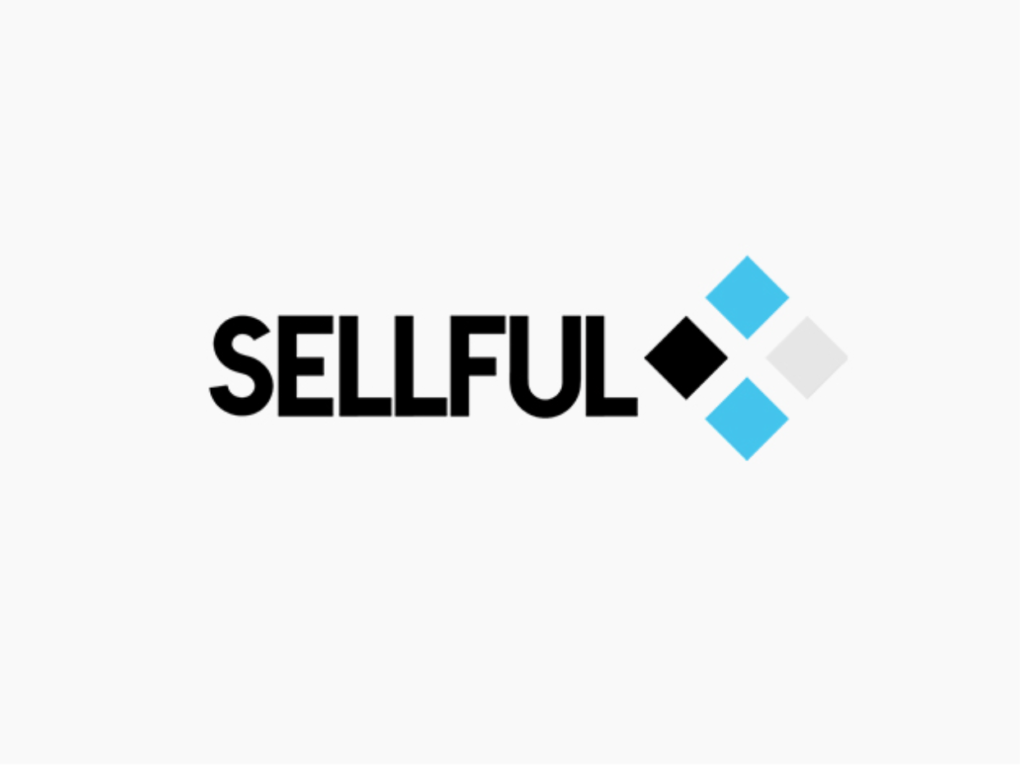Shopify vs. Squarespace: Which Platform Suits Your Business?
Shopify and Squarespace are two popular products that business owners, entrepreneurs, and creative types use to conduct business. Both are known for meeting the requirements of e-commerce or online store businesses. To meet their specific requirements and needs, entrepreneurs, business owners, and organizations must distinguish the differences between software solutions to determine the best solution for their business. Shopify is an e-commerce platform that helps companies create an online store, manage transactions, and process payments. In contrast, Squarespace is a website builder that allows a company to create a website for any purpose, including an e-commerce website. Both software products have similar functionality, such as point-of-sale (POS) and e-commerce capabilities, but different pricing structures. 1 Zoho Sprints Employees per Company Size Micro (0-49), Small (50-249), Medium (250-999), Large (1,000-4,999), Enterprise (5,000+) Any Company Size Any Company Size Features Burn-down Charts, Epics, Kanban, and more 2 Wrike Employees per Company Size Micro (0-49), Small (50-249), Medium (250-999), Large (1,000-4,999), Enterprise (5,000+) Medium (250-999 Employees), Large (1,000-4,999 Employees), Enterprise (5,000+ Employees) Medium, Large, Enterprise Features Service Level Management Shopify vs. Squarespace: Comparison table Both software solutions may have similar features, but one feature may be better suited to meet a specific need or have an added capability that can be a deciding factor for a business. The provided comparison table will highlight similar features and note the differences. Shopify Squarespace Platform and functionality Designed as an e-commerce platform Focus on website building, including building an e-commerce website Payment gateway Apple Pay, PayPal, and Stripe, ACH debits, credit and debit cards Apple Pay, ACH debits, and Buy Now, Pay Later (BNPL) Payment methods Can be configured to accept payments from multiple payment providers Can be configured to accept payments, but it is limited Easy to use and learn Steeper learning curve Yes, particularly for beginners Shipping options Offers more shipping options, including multiple shipping carriers Limited shipping option Integrations and compatibility Connects to more business applications Connects to a limited number of business applications Starting price $25 $25 For more information Shopify vs Squarespace: Pricing The pricing for these software products can be a deciding factor for large, medium, and small businesses. Shopify pricing Shopify has a free trial period of only three days. Shopify also allows interested customers an extended three-month trial period for one dollar a month. Shopify’s Advanced plan comes with more features and lower rates to meet the needs of a growing business. The enterprise version is designed for high-volume businesses. Shopify tiered plans start with the basic subscription: Free 3-day trial period Basic: $25 per month Shopify: $65 per month Advanced: $399 per month Enterprise: $,2300 per month Shopify’s POS system can operate in multiple countries. That said, their pricing may be out of reach for a small business. For global enterprise organizations, Shopify’s international capabilities and features will serve you best. Squarespace pricing Squarespace tiered plans are not as expensive as Shopify. Squarespace starts with the personal plan. Free 14-day trial period Basic: $25 per month Core: $36 per month Plus: $56 per month Advanced: $139 per month Squarespace also has a POS system, but it’s only available for U.S. customers. Both competing platforms will have transaction fees added to usage costs. Squarespace is the best choice if there are budget constraints, provided you only have U.S. customers. Squarespace offers refund money-back guarantees and free domain registration, making it more attractive for budget-minded businesses. Shopify vs Squarespace: Feature comparison Performance Shopify’s performance is better for e-commerce stores. Shopify outperforms Squarespace for large online stores due to the number of e-commerce features available. Shopify Performance Shopify’s third-party selection options and e-commerce features will outperform a created Squarespace website. Its advanced features, like payment gateways and dropshipping, outperform Squarespace even when the primary platform is Squarespace. Plus, Shopify’s uptime guarantee, automated backups, and real-time monitoring for threats 24/7 is the best choice for enterprise organizations needing reliable performance. Squarespace Performance Squarespace is designed for small businesses with limited coding knowledge but wants staff to easily create and manage a website. Small businesses or entrepreneurs requiring basic e-commerce functionality should consider Squarespace. The solution is also suitable for content-driven websites specializing in blogs, reviews, or educational topics. A content-driven website also uses Search Engine Optimization (SEO), which helps users find specific content quickly. E-commerce features and functionality Shopify’s e-commerce platform is designed for any business size, while Squarespace caters better to mid to small businesses. Shopify e-commerce Shopify provides a user-friendly interface that allows a semi-knowledgeable person to build an online store in a reasonable time. It features more marketing and functional business applications like order management and accounting in its e-commerce solution that can operate internationally. Additionally, Shopify offers more shipping options and multiple payment methods to accept payments from customers globally. Its marketing features, payment options, and social media integration make it more suitable for a marketing-based business. If a marketing feature is missing a crucial element, Shopify can add that essential element by using an extension, API, or HTML. Shopify is the best e-commerce solution since it’s specifically designed to perform e-commerce operations. Its third-party tools are more comprehensive than Squarespace, and the application marketplace gives Shopify the edge for features and functionality. Squarespace e-commerce Squarespace is better suited for small businesses, entrepreneurs, freelancers, bloggers, and creative types wanting to display their portfolios. Squarespace e-commerce capabilities can be integrated into a business website to process payments and manage inventory. Developers can build a limited set of business functional applications. If developers cannot develop the application and a third-party tool is available, they can attempt to use the third-party integration tool to attain the full functionality of a business application. Squarespace’s responsive design can scale your website up or down to fit any screen size. However, Squarespace may not scale up adequately with larger websites. Integrations and compatibility Both software solutions can integrate with other popular business software solutions. Squarespace can use Shopify online store to improve its online efficiency. Both solutions can be integrated with analytical
Shopify vs. Squarespace: Which Platform Suits Your Business? Read More »













